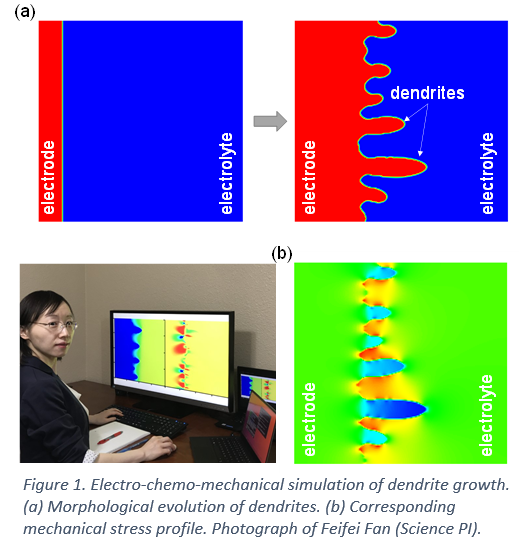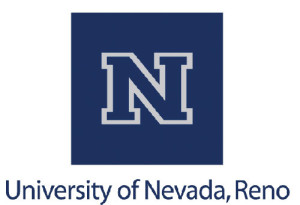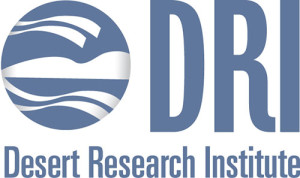
Nevada NASA EPSCoR Highlight
High Energy Battery Materials at Low Temperatures for Future NASA Missions
Science PI: Feifei Fan (University of Nevada, Reno), Co-PIs: Dev Chidambaram (University of Nevada, Reno), Xiaoliang Wang (Desert Research Institute), Qiang Zhu (University of Nevada, Las Vegas) (NASA Collaborators: James Wu (GRC) and Marit Meyer (GRC)
NASA has a long-term interest in developing robust and lightweight high-energy-density rechargeable batteries that can operate well at low temperatures. One of the major technical challenges is developing high-specific-capacity anode nanomaterials with improved low-temperature performance (−60 °C) for lithium-ion (Li-ion) batteries. The research goal of this project is to improve the power density, energy density, and cycle life of anodes for Li-ion batteries at –60 °C with a fundamental understanding of the controlling mechanisms. The project aims to solve long standing issues of the poor low-temperature performance of Li-ion anodes, which mainly relates to slow ionic diffusion and limited Li storage capacity. The proposed research will provide a better understanding of the battery working principle at low temperatures, generate a database containing electrochemical performance of advanced anode materials under a variety of operational conditions at –60 °C. In collaboration with NASA scientists, the project will lead to a rational design guidance of anodes for future Li-ion batteries for space applications.
NASA Content and Resources Used: This research was funded by a NASA EPSCoR Cooperative Agreement Notice award # 80NSSC18M0152.



